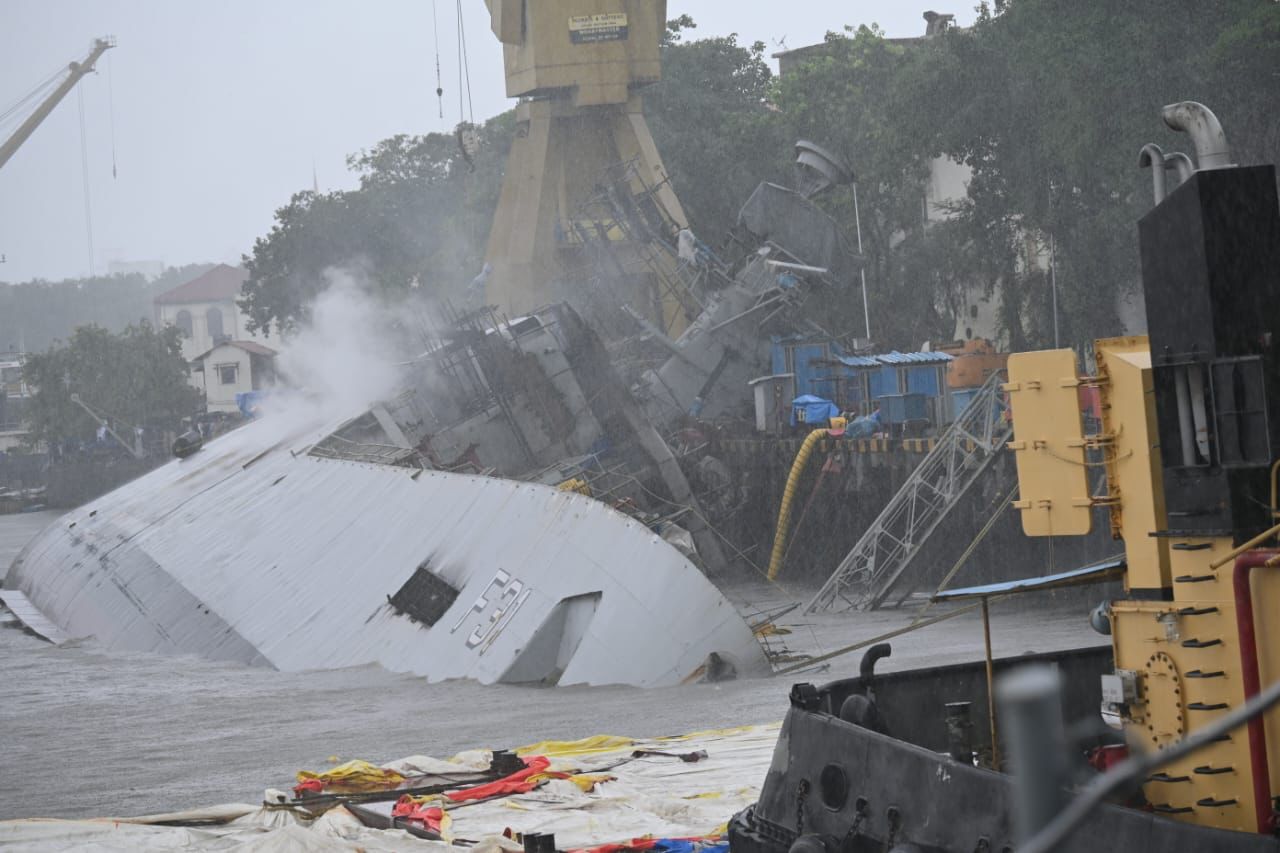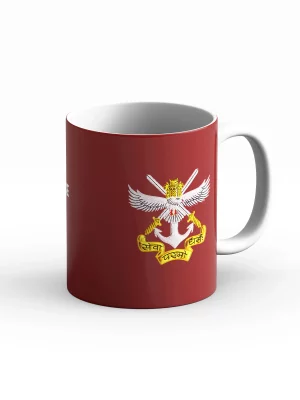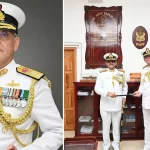The Indian Navy is grappling with notable safety and maintenance challenges in the wake of two critical incidents that have raised alarms about its operational readiness. During the Annual Press Conference of Navy Week 2024, Vice Admiral Sanjay J Singh outlined these issues while discussing the recent fate of the INS Brahmaputra, a warship that suffered extensive damage in a fire.
The INS Brahmaputra, a guided-missile frigate with a cost of Rs 6,000 crore, was severely affected by a fire incident on July 21, 2024, while it was undergoing refit operations at the Mumbai naval dockyard. The blaze caused the ship to tilt dangerously to one side and resulted in the tragic loss of junior sailor Sitendra Singh, whose body was recovered three days later. Following the incident, the Western Naval Command confirmed that the damage assessment and initial repairs have been undertaken, with significant milestones reached in the recovery process.
Vice Admiral Singh reported that the ship, referred to as the “Raging Rhino,” has been restored to an upright position as of November 2. An ensign was re-hoisted with honors on November 4, and by November 8, the vessel was placed in dry dock for further repairs. “The first step in getting the ‘Raging Rhino’ back on her feet has been achieved,” he remarked during the press briefing aboard the stealth destroyer INS Mormugao in Mumbai.
Ongoing assessments are critical as the Navy evaluates the extent of damage to the ship’s systems and equipment. “Some equipment may be repairable, while others may not. Some will need to be replaced entirely,” Singh noted, emphasizing that the scope of work will be finalized following a thorough survey of the damage. Despite initial skepticism about the warship’s recoverability, he remains optimistic, declaring that the Brahmaputra would once again lead operational missions in the future.
Commissioned in 2000 and built by Garden Reach Shipbuilders and Engineers Limited, the INS Brahmaputra stands as a class leader among the indigenously-built Brahmaputra-class frigates, equipped with advanced weaponry including a range of surface-to-surface and surface-to-air missiles, along with sophisticated radar and sonar systems. The fire, which erupted during routine maintenance, has sparked ongoing concerns regarding the maintenance and safety protocols of the Indian Navy.
In a separate incident, the Indian Navy’s Kalvari-class submarine, INS Karanj, collided with a fishing boat off the coast of Goa on November 21, resulting in the tragic death of two fishermen. This incident, occurring 70 nautical miles from the coast, triggered a new evaluation of safety protocols within the Navy. Vice Admiral Singh confirmed that an FIR was filed against the fishing boat’s captain following a complaint, and that a comprehensive search and rescue operation was launched in response to the collision.
The incidents involving the INS Brahmaputra and INS Karanj have reignited scrutiny over the Indian Navy’s safety and maintenance practices, particularly in light of historical concerns. An audit report presented in Parliament in 2017 revealed that the Navy recorded 38 accidents involving ships and submarines between 2007 and 2016. Vice Admiral Singh addressed these challenges head-on, assuring that despite such setbacks, the Navy remains committed to its operational duties. “Accidents and incidents, though we may hope and pray they never happen, shall inevitably occur. However, I can assure you that we shall rise again, get back on our feet, and return to sea when action is required,” he stated.
As the Navy prepares to celebrate Navy Day on December 4—commemorating its impactful role in the 1971 Indo-Pak war—Vice Admiral Singh reiterated the Navy’s determination to maintain maritime security and uphold its operational credibility. The focus remains on both restoring confidence and ensuring the safety and efficacy of India’s naval forces amidst these ongoing challenges.













